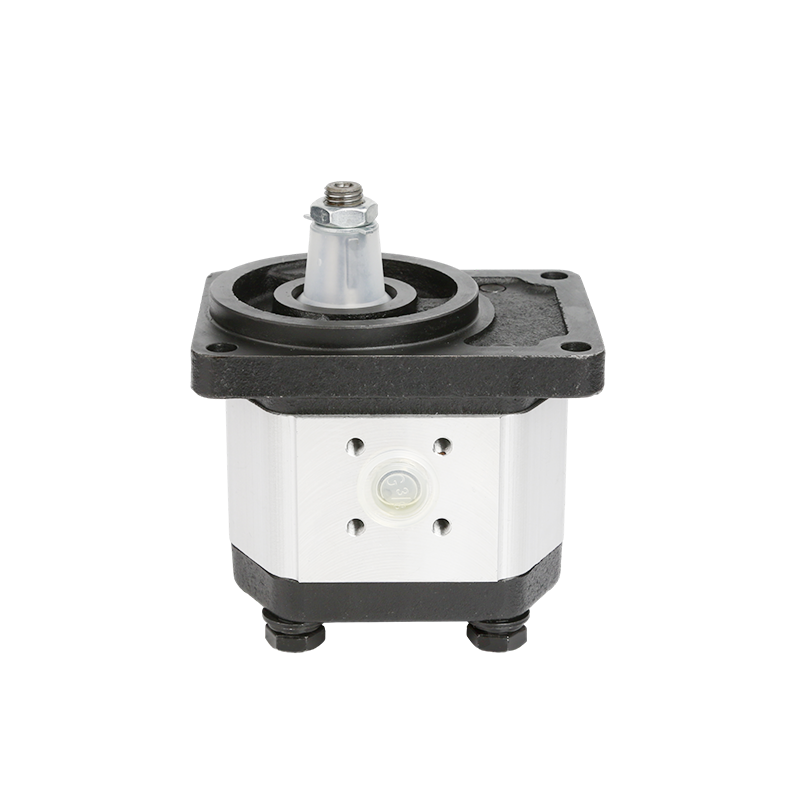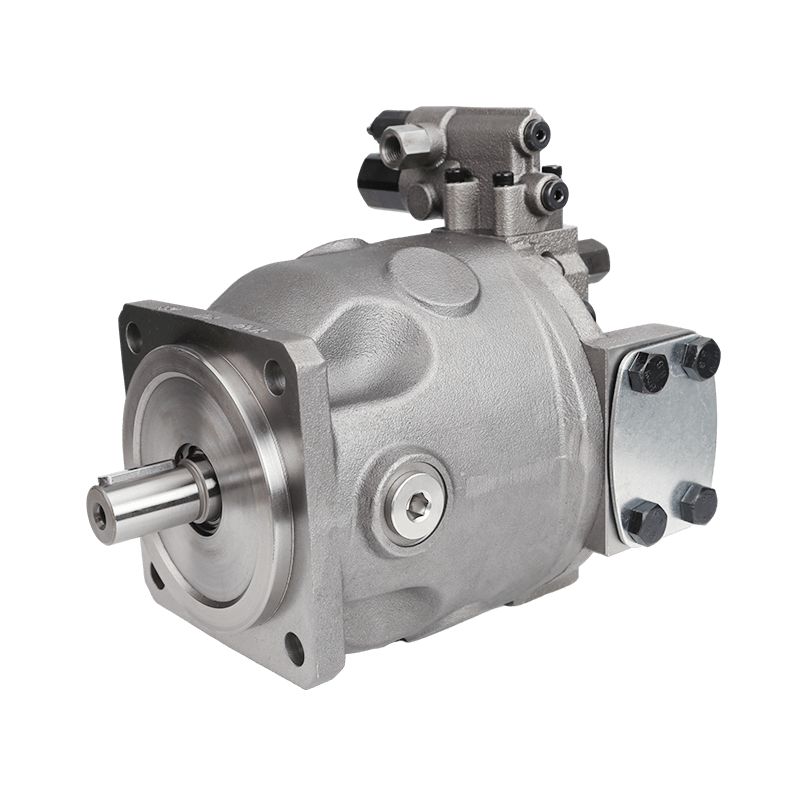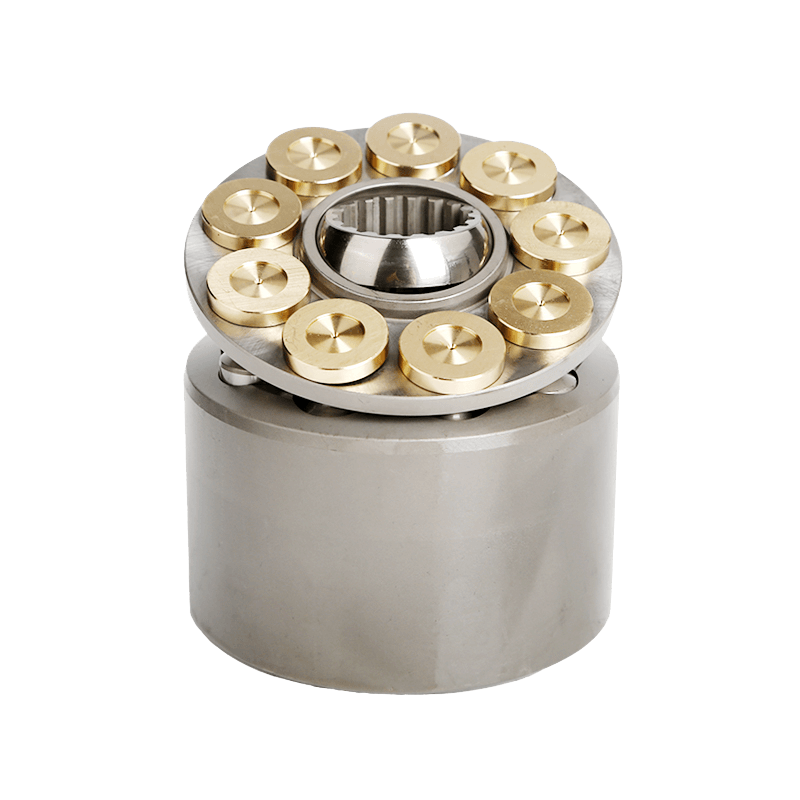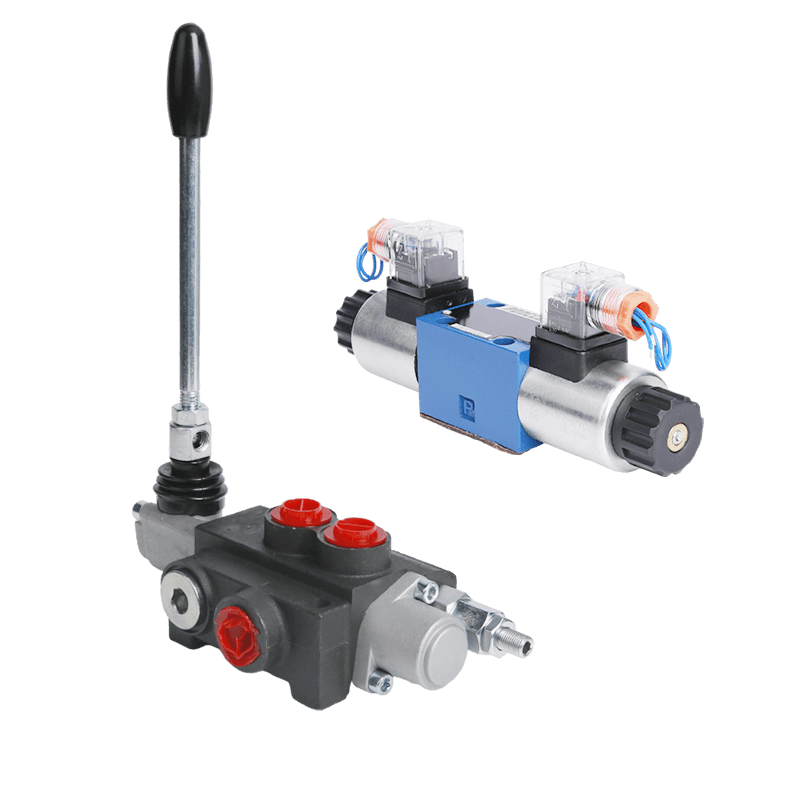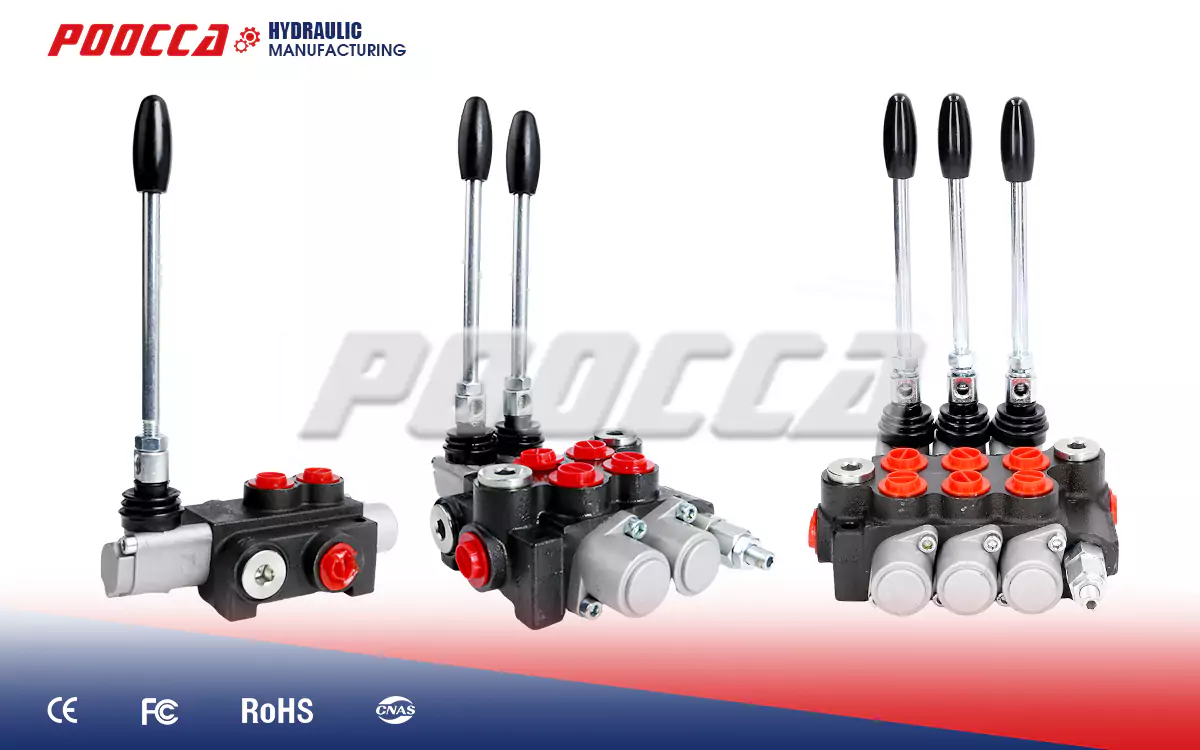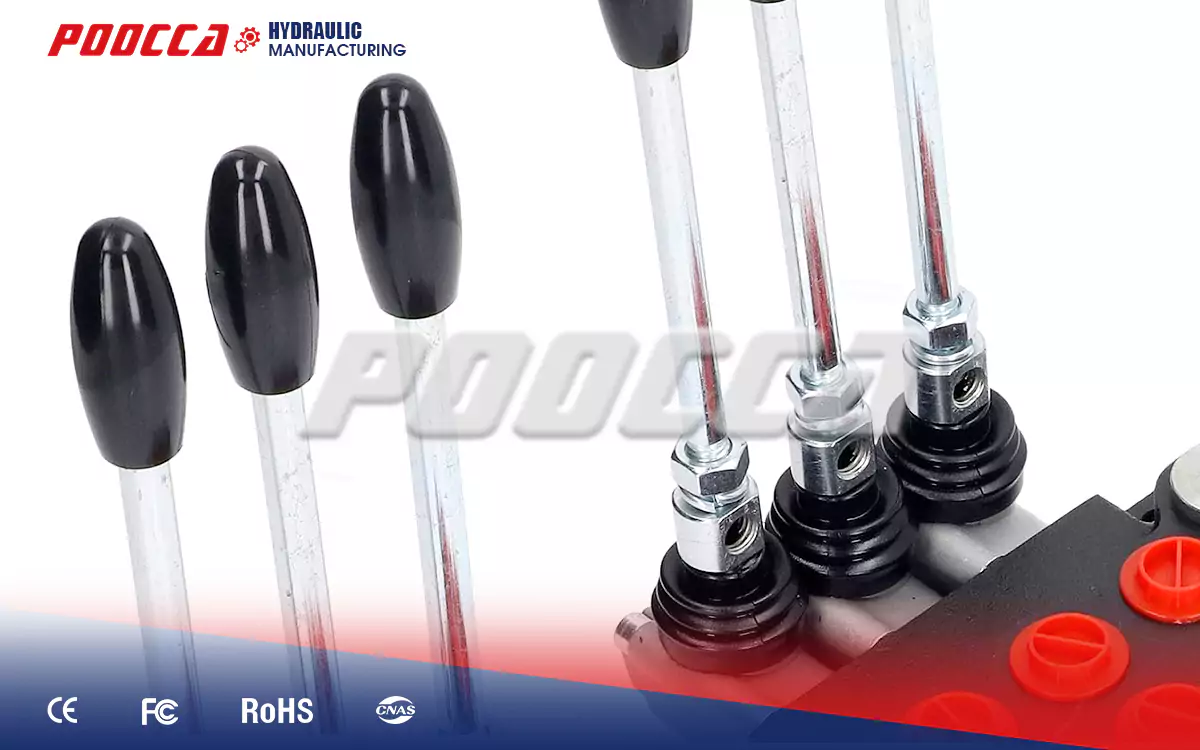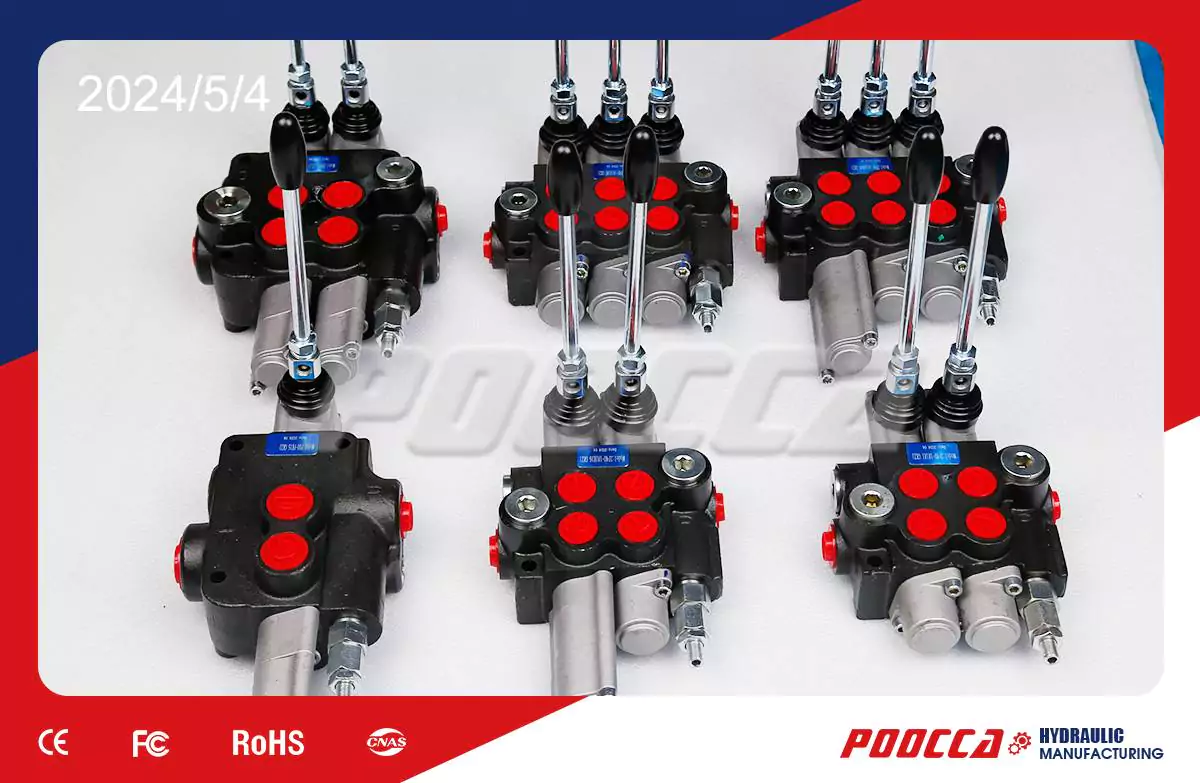Understanding Hydraulic Valves: An Overview
Hydraulic valves play a crucial role in the control and regulation of fluid flow within hydraulic systems. These components are responsible for directing the hydraulic fluid to various parts of machinery and equipment, enabling the performance of tasks such as lifting, pressing, and moving heavy loads. Hydraulic valves come in several forms, including directional valves, pressure relief valves, and flow control valves. Their proper functioning is vital for the overall efficiency and safety of hydraulic applications across different industries.
Key Functions of Hydraulic Valves
Hydraulic valves play a role in controlling flow and pressure in hydraulic systems by regulating the direction of flow and speed of actuators while keeping system pressure in check to avoid damage caused by pressure fluctuations. They come in setups that either permit or limit passage to ensure precise management of machinery functions and safeguard the hydraulic system from harm caused by sudden pressure spikes through safe redirection of excess fluid.
Impact of High-Temperature on Hydraulic Valves
In these conditions valve efficiency and lifespan are at risk. Temperature rise can result in expansion causing misalignment and affecting seal performance. Also, materials in valve construction may degrade due to heat weakening their structure and function. Furthermore changes in viscosity at high temperatures can impact flow behavior result in less effective operation and contribute to more wear on valve parts.
What Are Essential Materials for High-Temperature Hydraulic Valves?
To ensure operation in environments, it is crucial to choose the right materials for making hydraulic valves. Opt for materials that can endure temperatures to avoid malfunctions and sustain effective performance in the long run.
Suitable Materials for Valve Body Construction
The valve body needs to be made from materials that can withstand temperatures and retain their structural integrity effectively over time; materials like cast iron and high-performance alloys are commonly chosen for this purpose. Additionally, these materials must be easy to machine so that precise engineering can be achieved and critical tolerances can be maintained throughout the manufacturing process. Moreover, surface treatments like coatings and heat treatments can improve the material properties by providing protection, against wear and thermal damage.
High-temperature Seals and Gaskets
In temp hydraulic systems, seals and gaskets play a role in stopping leaks and keeping pressure steady. Choosing materials that hold up under heat and stay flexible for a tight seal is vital. Fluoroelastomers, PTFE, and special silicone rubber are picks for seals in settings. These materials meet standards and work well even when temps change.
How to Design Hydraulic Valves for Enhanced Reliability in Extreme Heat?
Creating valves that work reliably in hot conditions involves grasping different engineering concepts and cooling techniques effectively to manage the negative impact of high temperatures thus guaranteeing long-lasting operational efficiency.
Cooling Mechanisms Integration
Types of Cooling Systems
Incorporating cooling solutions into valve designs can greatly enhance their functionality in high-temperature scenarios. The traditional method includes employing cooling systems like heat exchangers or specific cooling circuits to manage the heat generated by the fluid. Other strategies involve integrating insulation and reflective materials to limit heat absorption within the valve body. An alternative approach is incorporating cooling fluids to regulate the temperature of the system. This enhances the efficiency and dependability of valves in conditions.
Precision Engineering Techniques
To guarantee top-notch performance in high-temperature environments when creating valves it is crucial to use engineering methods in both the design and manufacturing processes. It’s essential to regulate tolerances to avoid any clearances that could lead to fluid bypass or cavitation potentially causing damage over time. Utilizing manufacturing techniques like CNC machining and laser welding can help maintain accuracy and uniformity, in valve manufacturing. Moreover, enforcing quality assurance protocols can aid in identifying problems at an early stage of production ensuring that only parts capable of enduring high temperatures are included in the final product assembly.
In brief, it’s crucial to comprehend the obstacles and needs of valves functioning in high-temperature settings to optimize effectiveness and dependability. By choosing materials incorporating efficient cooling mechanisms and implementing engineering techniques experts in this field can boost the efficiency and durability of hydraulic valves ensuring they function safely and effectively in various industrial scenarios.
Why is Regular Maintenance Crucial in High-Temperature Applications?
Efficiency and dependability of valves in heat settings greatly rely on consistent upkeep practices to prevent potential problems from causing system downtime or part malfunctions by addressing wear and tear through periodic checks in environments prone, to material degradation and thermal expansion.
Regular Inspection Checkpoints
Regularly setting up checkpoints for inspecting valves in environments with temperatures is crucial to monitor their condition properly. Conduct inspections at scheduled intervals. Pay attention to key parts like seals, gaskets, and the overall integrity of the valve body. Visual checks are essential to identify any signs of wear and tear leaks or deformities to prevent minor issues from escalating into major concerns. Moreover, keeping an eye on quality and replacing it when necessary can prevent damage to valve components ensuring the hydraulic system functions smoothly and effectively.
Predictive Maintenance Tools
Utilizing maintenance tools can greatly improve the effectiveness of maintaining valves in high-temperature environments by leveraging data analysis and monitoring technologies to evaluate the performance of these valves over time. Examining factors like temperature variations and pressure fluctuations using maintenance techniques enables operators to anticipate problems and plan maintenance tasks proactively. Integrating tools into a system can result in decreased downtime and operational expenses while prolonging the lifespan of hydraulic valves.
Can POOCCA Solutions Boost Your Hydraulic System Performance?
Implementing advanced solutions such as POOCCA can enhance the performance and efficiency of hydraulic systems, particularly those employing hydraulic valves in high-temperature environments. POOCCA’s cutting-edge technology focuses on optimizing various aspects of hydraulic systems from fluid management to valve control. By utilizing smart algorithms and real-time monitoring, POOCCA systems can improve the overall performance of hydraulic valves and mitigate issues commonly associated with high-temperature operation.
Enhanced Control Mechanisms
POOCCA solutions incorporate enhanced control mechanisms that enable real-time adjustments to hydraulic systems based on prevailing conditions. By continuously monitoring critical parameters such as temperature, pressure, and flow rates, these systems can promptly adapt control strategies to maintain optimal performance. This responsiveness can lead to improved efficiency in hydraulic valve operations, reducing the risks associated with temperature-induced thermal expansion and degradation of materials. Furthermore, such enhanced control ensures that hydraulic systems operate within their designated parameters, reducing operational stress on hydraulic valves.
Improved Fluid Management
Effective fluid management is crucial in high-temperature applications to maintain the performance of hydraulic systems. POOCCA offers advanced fluid management tools that optimize hydraulic fluid characteristics, ensuring they remain effective even under extreme heat. Proper management of hydraulic fluids not only minimizes temperature-related changes in viscosity but also helps in prolonging the lifespan of hydraulic valves. By providing adequate cooling and ensuring the right properties of hydraulic fluids, POOCCA solutions can optimize the functionality of hydraulic valves and improve overall system efficiency.
Integration with Existing Infrastructure
POOCCA solutions are created to smoothly blend in with setups for organizations looking to enhance their systems without major renovations needed. This seamless integration boosts the functionalities of valves by utilizing the existing components and setups in place. As a result of this integration process companies can enhance their performance metrics without having to replace their system. By incorporating POOCCA into their current operations organizations can take advantage of technologies while still preserving the integrity and compatibility of their existing systems.
In summary and to wrap it up nicely; upkeep and cutting-edge tech options such as POOCCA can really boost the effectiveness of valves in hot environments to the max! Inspection guidelines in place and the use of maintenance tools alongside creative solutions being embraced wholeheartedly can lead to a big jump in the performance and efficiency of hydraulic valves. By following these strategies experts in this field can guarantee that hydraulic systems work like a charm when faced with tough conditions while keeping safety measures intact and reducing any potential downtime significantly.

